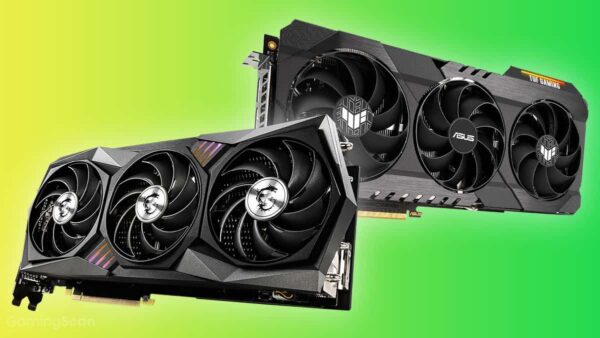Your computer’s monitor or display is the most important output component in it. Its importance stems from the fact that it is very difficult to use a computer without seeing what you are doing. The images you see on your computer devices are made possible by your graphics card. You might have heard of the graphics card, but you might not have thought about exactly what it can do. That is what we will be exploring in this article.
Gaming
The most common use of a graphics card, be it an integrated or dedicated one, is in gaming. The GPU accelerates the rendering and creation of videos, animations, and images while you play a game. It does this by doing different mathematical calculations so the CPU can perform other essential tasks such as ensuring the game runs.
A faster GPU can do more of these calculations per unit time and this is why it can produce more frames per second and smoother gameplay. There is also the issue of the RAM size, with GPUs that have larger video RAM capacities able to hold more assets at a time for faster and smoother loading.
Accelerating Workflows
A GPU is a processing unit like the CPU in your computer, although the two have very different capabilities. Because of this, your computer can take advantage of its processing power to accelerate some workflows. An example use case is hardware acceleration. This is where the computer offloads some of its tasks to specialized components like the graphics card. The result is accelerated workflows in use cases such as video editing, media playback, etc.
Some companies like Intel are taking this further by adding AI capabilities to their graphics cards. The new Intel graphics cards come with AI-enabled editing that helps you handle video and image editing workflows better and faster. They are a major improvement over the older graphics cards from Intel, and you can learn more about them on Lenovo’s website using the following link https://www.lenovo.com/us/en/faqs/intel/intel-graphics/, where you can also learn about other graphics card options from Intel.
Video Editing
In video editing, your graphics card is crucial for video encoding and rendering. Rendering is the combination of all video assets and parts into one file while encoding is preparing this data and formatting such that it can be played back.
Video encoding requires lots of resources and can take a very long time to complete if done on a CPU alone. Graphics cards come with different media engines – software used to process media – as well as specific cores that handle the encoding process. The result is a faster process that does not place too much stress on the whole system, because the GPU handles that load.
3D Graphics Rendering
3D graphics are now being used in games, movies, TV shows, adverts, digital art displays, and many other places and instances. As with video editing, 3D graphics rendering requires lots of resources and time even when using high-end hardware.
Model film studios use powerful GPUs to create the 3D graphics they need for their various projects. This means the right hardware is becoming an important part of the media creation process for most of the content we consume today.
Machine Learning
Machine learning includes systems that learn from data, identify patterns within it, and make decisions without human intervention. These are highly resource-intensive processes that are suited for GPUs. GPUs are perfect in these use cases because of the computational processes involved in machine learning as well as the analysis of larger volumes and sets of data.
While many of us know graphics cards as essential for gaming, they are used in many other instances because of their capabilities. Understanding these capabilities, it is easy to understand that the world would be very different without them.




